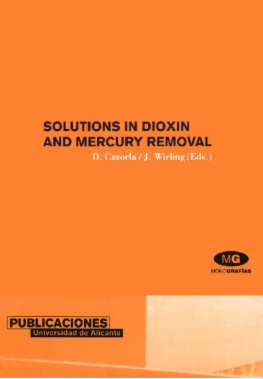Unos años después de la guerra civil española, un niño conoce a un maquis, el Hurón, que ha huido al monte. Solo se ven tres veces. Y, sin embargo, aquellos encuentros cambiarán para siempre sus vidas. ¿Se conocerá algún día el significado exacto de la palabra justicia? Un libro profundo y comprometido que ahonda en la búsqueda de la verdad.
- Capítulo 1
- Capítulo 2
- Capítulo 3
- Capítulo 4
- Capítulo 5
- Capítulo 6
- Capítulo 7
- Capítulo 8
- Capítulo 9
- Capítulo 10
- Créditos

